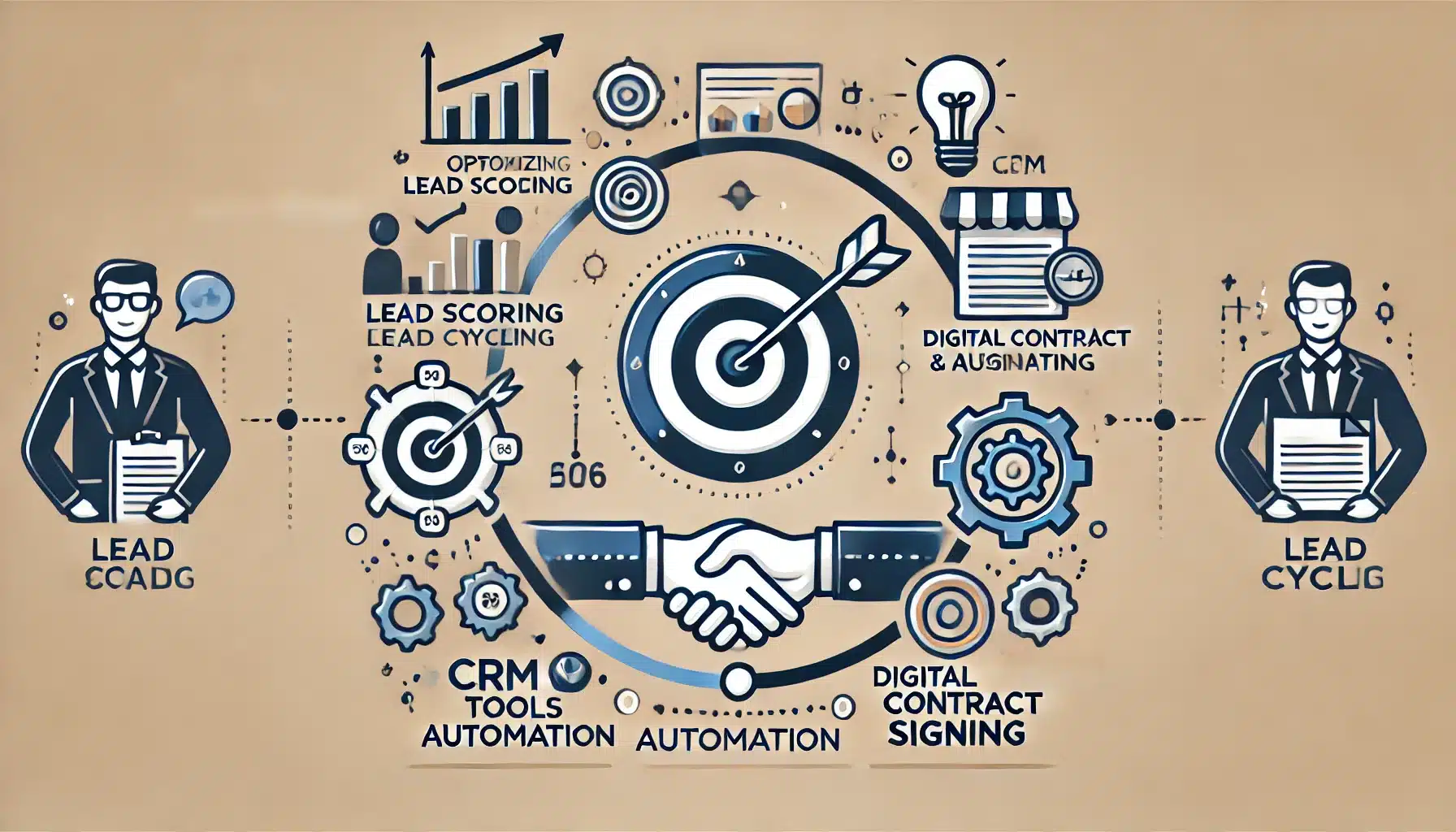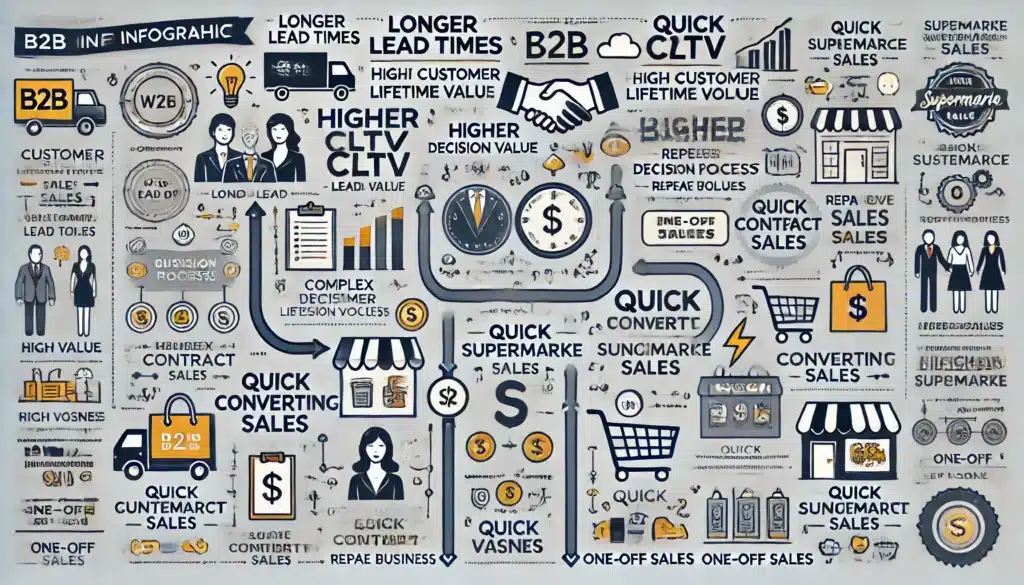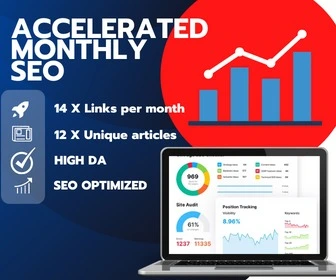The Complexity of B2B Lead Times
B2B transactions typically involve multiple decision-makers, higher stakes, and longer approval processes compared to business-to-consumer (B2C) sales. According to a study by Harvard Business Review, the average B2B sales cycle is 6 months or longer, depending on the industry and the nature of the product or service being sold . Factors such as the need for custom solutions, regulatory compliance, and the involvement of various departments can all contribute to extended lead times.
Academic Insights on Lead Times – What Research Says:
Research published in the Journal of Business Research highlights that lead times are influenced by several key factors: the complexity of the product, the size of the organization, and the number of stakeholders involved . Additionally, a study from the Industrial Marketing Management journal suggests that trust and relationship-building are critical components that can either shorten or lengthen the sales cycle .
Methods to Shorten Lead Cycles
While the length of B2B lead times can be daunting, there are strategies that businesses can employ to shorten these cycles:
- Optimize Lead Qualification: Implementing a robust lead scoring system can help sales teams focus on high-potential prospects, reducing the time spent on unqualified leads.
- Streamline Communication: Utilizing CRM tools and automation can ensure that communication is timely and relevant, keeping prospects engaged without overwhelming them.
- Provide Value Early: Offering valuable insights and resources early in the sales process can build trust and demonstrate expertise, potentially accelerating decision-making.
- Improve Proposal Efficiency: Simplifying and speeding up the proposal and contract processes through digital solutions can reduce bottlenecks and delays.

The Importance of Realistic Expectations
It’s important to approach lead time reduction with realistic expectations. Overly aggressive targets can lead to pressure tactics that may backfire. Forbes highlights that B2B buyers are increasingly wary of salespeople who push too hard, as this can be seen as a red flag, indicating potential issues with the product or company .
The Role of Lead Nurturing
Lead nurturing is an essential component of managing B2B lead times effectively. According to research by DemandGen, nurtured leads produce, on average, a 20% increase in sales opportunities compared to non-nurtured leads . Effective lead nurturing involves:
- Regular Communication: Keeping in touch with prospects through informative and relevant content.
- Personalization: Tailoring messages to address the specific needs and pain points of the prospect.
- Timing: Reaching out at strategic points in the buyer’s journey to move them closer to a decision.
Dangers of Pushy Sales Tactics
The most imoprtant objective is to keep the leads in your pipeline even if they do not convert right away. Pushy sales tactics can severely damage the chances of closing a deal. McKinsey & Company found that 71% of B2B customers are turned off by overly aggressive sales tactics, which can lead to a loss of trust and ultimately, the deal itself. Short-term thinking and pressure to meet immediate sales targets can result in a higher churn rate and damage to the company’s reputation.
Conclusion
Understanding and managing B2B lead times is a complex but critical aspect of business success. By employing strategies to streamline the sales process, setting realistic expectations, and emphasizing the importance of lead nurturing, businesses can improve their conversion rates and build stronger, more trusting relationships with their customers. Avoiding pushy sales tactics in favor of a more measured, value-driven approach will lead to more sustainable and successful outcomes in the long run.
Relevant Services:
B2B Lead Generation – Organic Linkedin
Complete Integrated Marketing Plan – B2B/C
References
- Harvard Business Review. (2020). The B2B Elements of Value. Source: Harvard Business Review.
- Journal of Business Research. (2019). Factors Influencing B2B Sales Cycles. Source: Journal of Business Research.
- Industrial Marketing Management. (2021). The Role of Trust in B2B Sales. Source: Industrial Marketing Management.
- Forbes. (2021). Why Pushy Sales Tactics Don’t Work in B2B. Source: Forbes.
- DemandGen. (2020). The Impact of Lead Nurturing on Sales Opportunities. Source: from DemandGen.
- McKinsey & Company. (2021). The Changing Role of B2B Sales. Source: McKinsey & Company.









